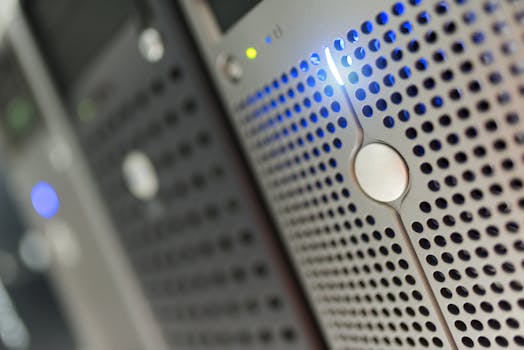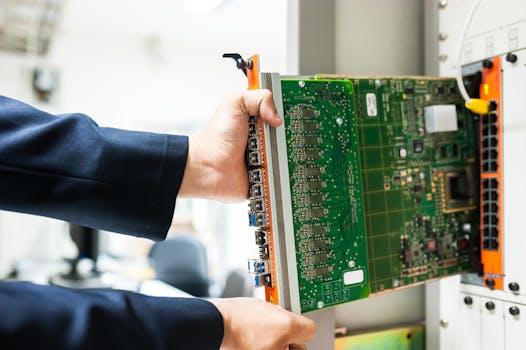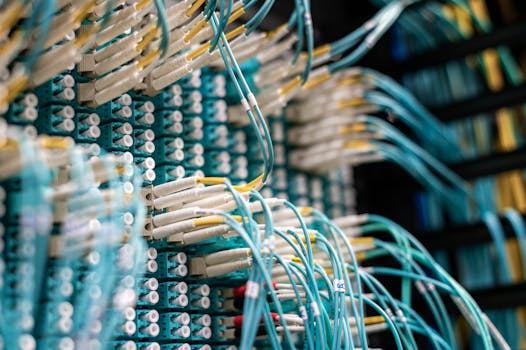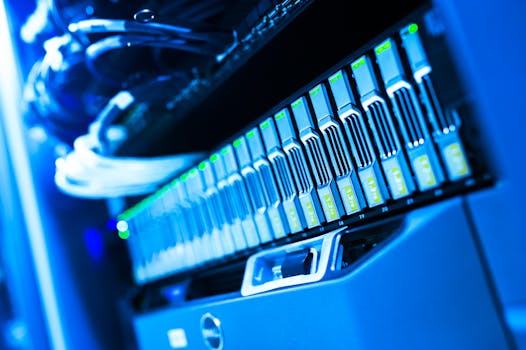
Building Bridges: How Robust Systems Enable Uninterrupted Data Connectivity
Building Bridges: How Robust Systems Enable Uninterrupted Data Connectivity is crucial in today’s digital age, where data exchange and communication are the lifeblood of any organization. As the world becomes increasingly interconnected, the importance of robust systems that enable uninterrupted data connectivity cannot be overstated. In this article, we will delve into the world of data connectivity, exploring the importance of robust systems and how they enable seamless communication and data exchange.
Robust systems are the backbone of any organization’s data connectivity infrastructure. These systems are designed to provide a stable and reliable platform for data exchange, ensuring that data is transmitted quickly and efficiently. A robust system is built with redundancy and failover capabilities, ensuring that data connectivity is maintained even in the event of hardware or software failures. This is particularly important in mission-critical applications, where downtime can have significant consequences.
The Importance of Uninterrupted Data Connectivity

Uninterrupted data connectivity is essential in today’s fast-paced digital landscape. With the rise of cloud computing, big data, and the Internet of Things (IoT), the demand for uninterrupted data connectivity has never been greater. Organizations rely on robust systems to enable seamless communication and data exchange, both within and outside their networks. This enables them to respond quickly to changing market conditions, make informed decisions, and stay ahead of the competition.
Moreover, uninterrupted data connectivity is critical in industries such as healthcare, finance, and transportation, where downtime can have serious consequences. For example, in healthcare, uninterrupted data connectivity is essential for ensuring that medical records are accessible and that critical care systems are always available. In finance, uninterrupted data connectivity is necessary for ensuring that transactions are processed quickly and securely.
Building Robust Systems for Uninterrupted Data Connectivity

Building robust systems for uninterrupted data connectivity requires a comprehensive approach that takes into account the organization’s specific needs and requirements. This involves designing and implementing a robust network infrastructure that is scalable, secure, and reliable. It also involves implementing redundancy and failover capabilities, such as backup power systems and disaster recovery plans, to ensure that data connectivity is maintained even in the event of hardware or software failures.
In addition, robust systems for uninterrupted data connectivity require ongoing monitoring and maintenance. This involves monitoring network performance, identifying and addressing potential issues before they become critical, and implementing software updates and security patches to ensure that the system remains secure and up-to-date.
Best Practices for Ensuring Uninterrupted Data Connectivity

To ensure uninterrupted data connectivity, organizations should follow best practices such as implementing a robust network infrastructure, monitoring network performance, and implementing redundancy and failover capabilities. They should also ensure that their systems are scalable, secure, and reliable, and that they have a comprehensive disaster recovery plan in place.
Furthermore, organizations should prioritize cybersecurity, ensuring that their systems are protected from cyber threats and that sensitive data is encrypted and secure. They should also ensure that their systems are compliant with relevant regulations and standards, such as GDPR and HIPAA.
Conclusion

In conclusion, Building Bridges: How Robust Systems Enable Uninterrupted Data Connectivity is essential in today’s digital age. Robust systems are the backbone of any organization’s data connectivity infrastructure, providing a stable and reliable platform for data exchange. By building robust systems and following best practices, organizations can ensure uninterrupted data connectivity, enabling seamless communication and data exchange. This is critical in industries such as healthcare, finance, and transportation, where downtime can have serious consequences. By prioritizing robust systems and uninterrupted data connectivity, organizations can stay ahead of the competition, respond quickly to changing market conditions, and make informed decisions.